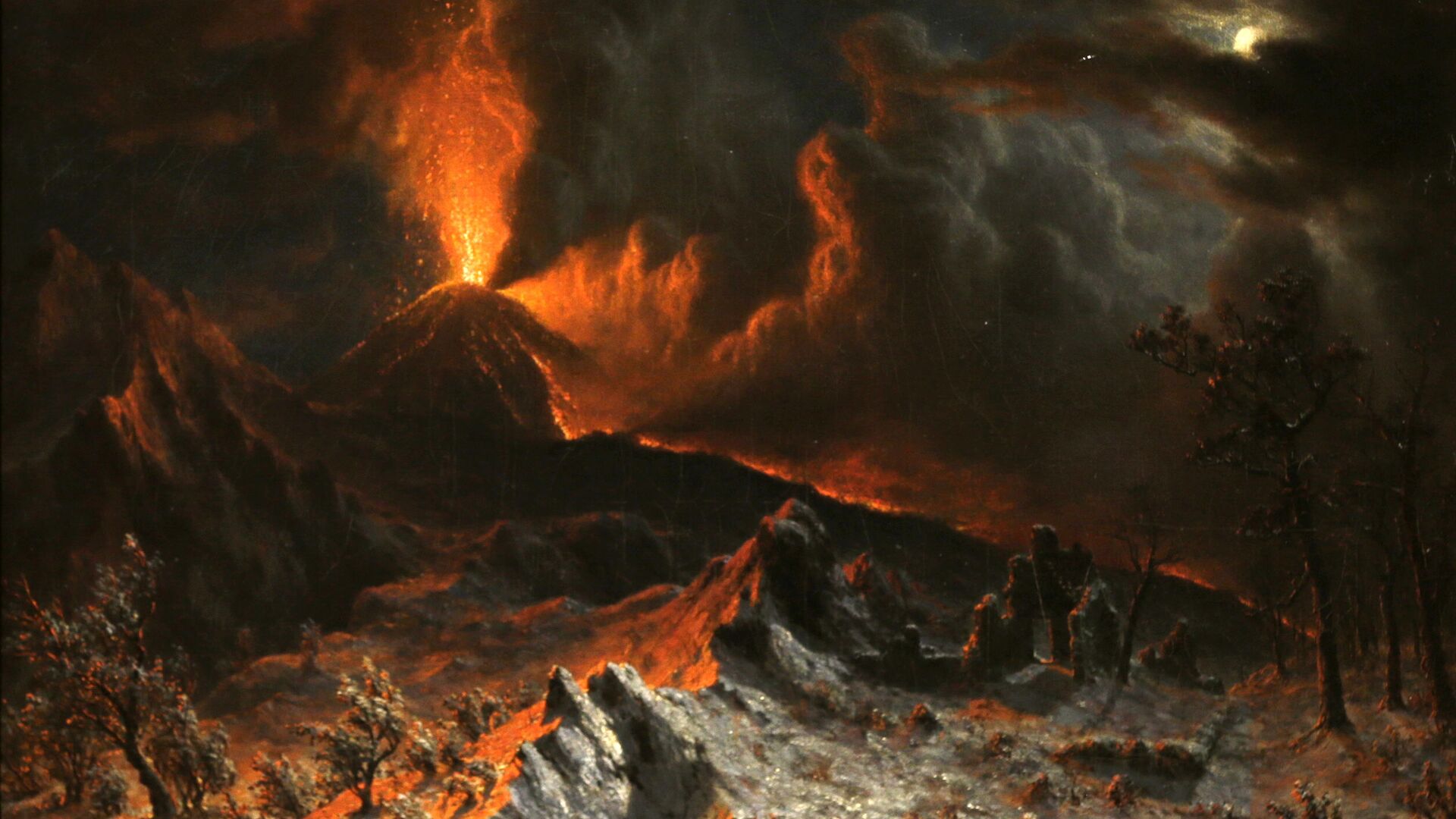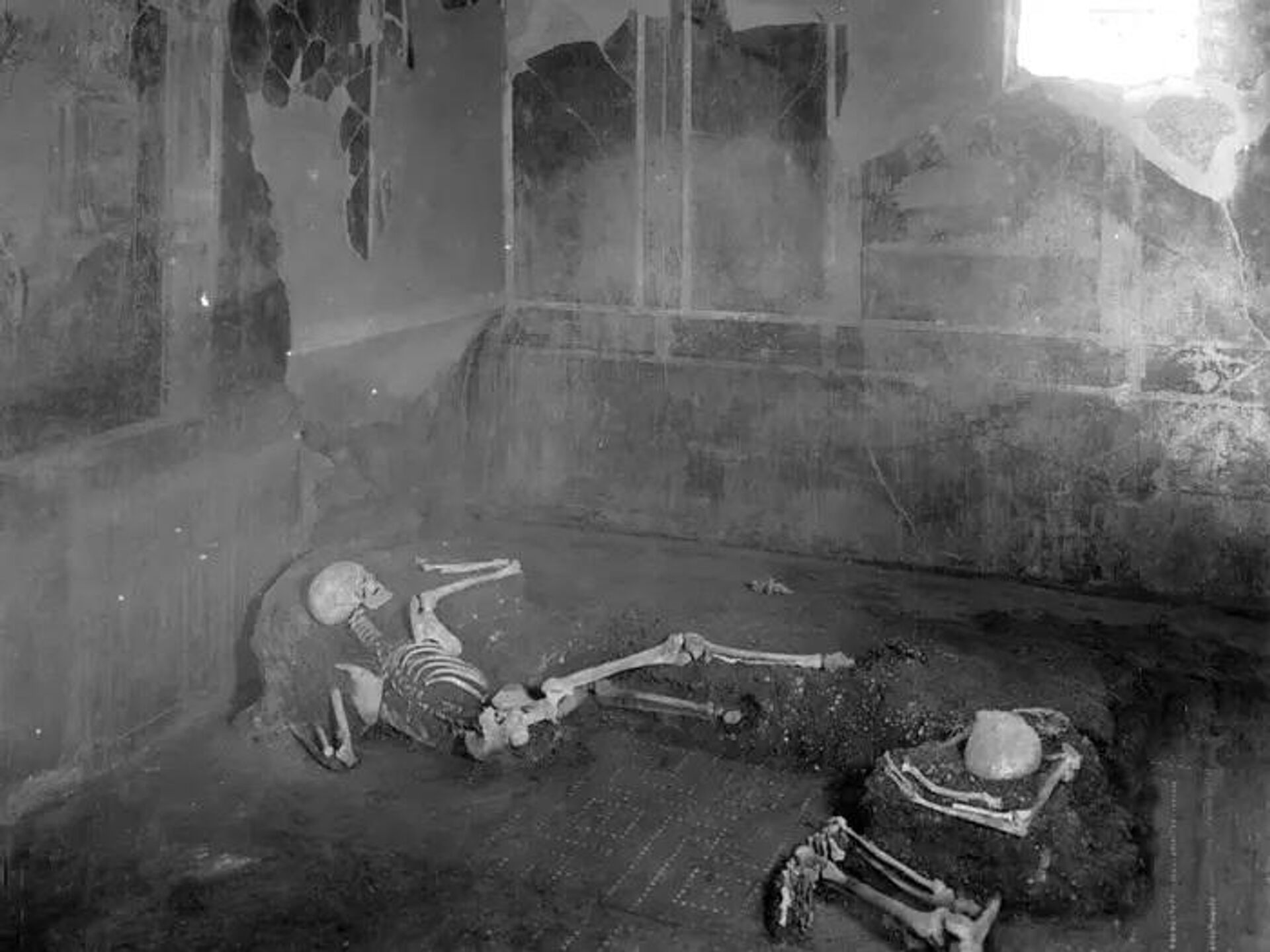Italian Scientists Sequence First Human Genome From Remains of Vesuvius Volcano Eruption Victim
15:36 GMT 27.05.2022 (Updated: 13:32 GMT 06.08.2022)

© AP Photo / Tony Dejak
Subscribe
The eruption of Mount Vesuvius is considered one of the deadliest volcanic catastrophes in human history.
Scientists from the University of Rome have sequenced the genome of a man who died as a result of the devastating volcanic eruption in Pompeii in the year 79 AD.
Archaeologist Gabriele Scorrano and his colleagues also managed to reveal the man's genetic profile and find out that he had contracted tuberculosis during his lifetime.
In their new study, the scientists attempted to apply the latest techniques in genome sequencing to the remains of two human victims of the Vesuvius eruption. These remains were found inside the building now known as Casa del Fabbro, or House of the Craftsman, in the 1930s. The first victim was a man, aged between 35 and 40 years at time of his death, and the second victim was a female, over 50 years old when she died.

The two individuals found in the “Casa del Fabbro” or “House of the Craftsman” (room 9) in Pompeii
© Photo : Notizie degli Scavi di Antichità, 1934, p. 286, fig. 10/PA
The researchers extracted DNA from the petrous bone of the skulls of both victims. However, only the bone of the man had sufficient DNA for further analysis. The scientists compared the sample with genomes from hundreds of other ancient and modern western Eurasian individuals. The results proved that the man was Italian and also showed the presence of DNA from the bacterium that causes tuberculosis.
"Our study – albeit limited to one individual – confirms and demonstrates the possibility of applying paleogenomic methods to study human remains from this unique site...Our initial findings provide a foundation to promote an intensive analysis of well-preserved Pompeian individuals. Supported by the enormous amount of archaeological information that has been collected in the past century for the city of Pompeii, their paleogenetic analyses will help us to reconstruct the lifestyle of this fascinating population of the Imperial Roman period", the researchers said in their study.
The eruption of Mount Vesuvius is believed to have been one of the most devastating volcanic catastrophes in human history. When the volcano erupted in the year 79 AD, thousands of residents of the nearby cities of Herculaneum and Pompeii were killed.
